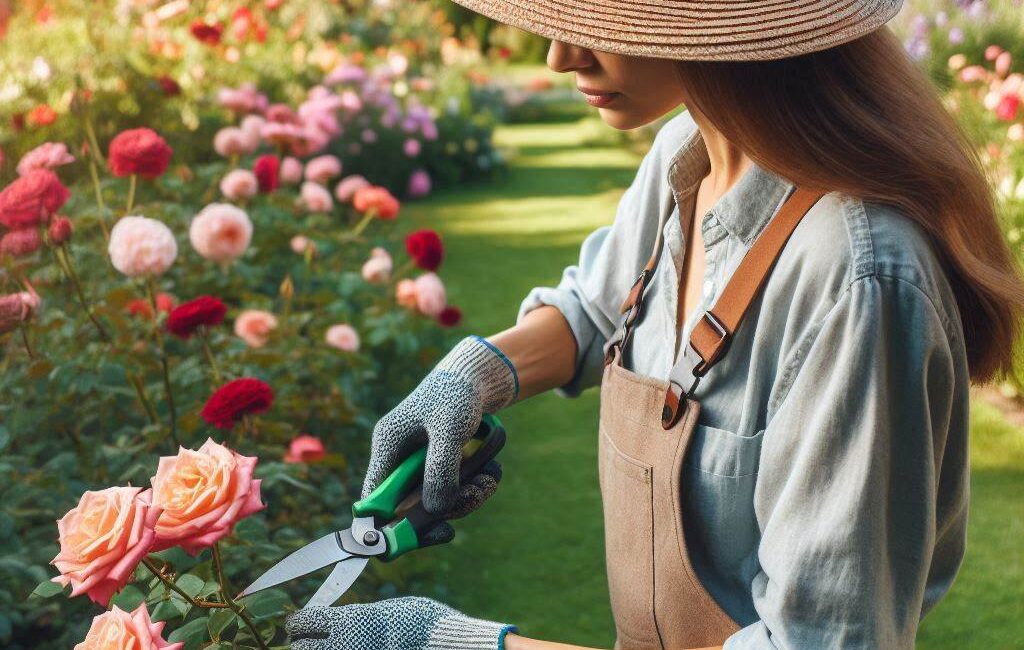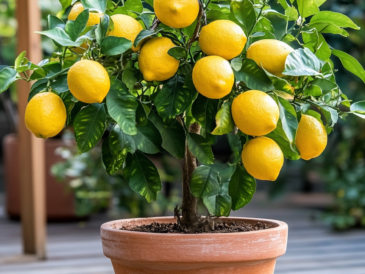Here’s the Right Way to Prune Your Roses for Summer Blooms
Pruning roses is a crucial task for ensuring vibrant and abundant summer blooms. However, many gardeners make common mistakes that can hinder their rose bushes’ potential. This guide will walk you through the correct way to prune your roses for optimal health and flowering.
1. Understand the Importance of Pruning
Pruning is essential for:
- Promoting Growth: Removes dead or diseased wood, allowing the plant to direct energy to new growth.
- Enhancing Air Circulation: Reduces the risk of fungal diseases by improving airflow through the plant.
- Shaping the Plant: Encourages a more attractive form and prevents the plant from becoming too leggy or sparse.
2. Choose the Right Time
For summer blooms, the best time to prune roses is:
- Late Winter to Early Spring: Just as the buds begin to swell but before new growth starts.
- After the Last Frost: Ensure no frost damage will occur after pruning.
3. Gather the Proper Tools
Using the right tools ensures clean cuts and minimizes damage:
- Sharp Pruners: Make clean cuts without crushing the stems.
- Loppers: For thicker branches.
- Gloves: Protect your hands from thorns.
- Sanitizing Solution: Clean tools between cuts to prevent disease spread.
4. Identify What to Cut
When pruning, focus on removing:
- Deadwood: Any brown, dry, or brittle stems.
- Diseased or Damaged Wood: Stems that show signs of disease or physical damage.
- Crossing Branches: Stems that rub against each other, as this can cause wounds and potential entry points for diseases.
5. Make the Right Cuts
Proper cutting technique is vital:
- Angle Cuts: Cut at a 45-degree angle about 1/4 inch above an outward-facing bud. This encourages growth away from the center of the plant.
- Remove Suckers: These shoots grow from the rootstock and should be removed to direct energy to the main plant.
6. Shape the Plant
Shaping helps maintain the plant’s structure and promotes even growth:
- Open Center: Aim for a vase-like shape with an open center to improve air circulation.
- Balanced Branches: Ensure the remaining branches are evenly spaced and directed outward.
7. Post-Pruning Care
After pruning, give your roses the care they need to recover and thrive:
- Fertilize: Apply a balanced rose fertilizer to support new growth.
- Water: Ensure the plants are well-watered, especially if there’s no rainfall.
- Mulch: Apply mulch around the base to retain moisture and suppress weeds.
Common Mistakes to Avoid
Avoid these pitfalls to ensure healthy and productive rose bushes:
- Over-Pruning: Removing too much can stress the plant and reduce blooms.
- Pruning at the Wrong Time: Can lead to frost damage or poor growth.
- Leaving Stubs: Always cut cleanly above a bud, leaving no stubs that can die back and invite disease.
Conclusion
Pruning roses the right way is essential for promoting robust growth and an abundance of summer blooms. By understanding the importance of pruning, choosing the right time, using the proper tools, and making correct cuts, you can ensure your roses are healthy and beautiful. With these steps, you’ll enjoy a stunning display of roses all summer long. Happy gardening!




